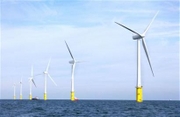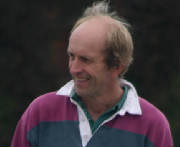|

It was among the fastest, most efficient production cars ever built. It ran on electricity, produced no emissions and catapulted
American technology to the forefront of the automotive industry. The lucky few who drove it never wanted to give it up. So
why did General Motors crush its fleet of EV1 electric vehicles in the Arizona desert? www.whokilledtheelectriccarmovie.com
MIT president considering plan for energy research initiative
| Erin Baker |

|
| UMASS Amherst |
For Energy Conservation Research go to Scirus and type in Energy Conservation Research. See www.scirus.com
Wind Power Research, Energy Efficiency and Renewable Energy, Wind and Hydro-power Technologies Program Areas, Wind Energy
Research, Click on Supporting Research and Testing, See www.eere.gov/windhydro

|
| Off shore Wind Farm |
Massachusetts Institute of Technology, MIT. Science and Engineering, Research and Education, See http://web.mit.edu/ese/

|
| Michael Moore |
Michael Moore, Senior Research Biologist, Woods Hole Oceanographic Institute, Interaction of humans with fish and marine
mammals, www.whoi.edu/people/mmoore/

|
| Craig Frank |
Intergovernmental Panel on Climate Change, Assess Scientific, Technical and Socio-nomic information relevant for the
understanding of climate change, it's potential impacts and options for adaptation and mitigation. www.ipcc.ch/
Biodiversity, Deforestation and Species Richness, Dr. Kamaljit Bawa, University of Massachusetts at Boston, Biology Department
Chairman. Dr. Bawa's book on the Western Ghats in India is now available. It is called SAHYADRIS, Mountains of the Monsoon.
A DVD is also available by Sandesh Kadur. Kamal.bawa@umb.edu, www.umb.edu/news/2003news/reporter/march/biology.html

|
| Professor Bawa |
|



